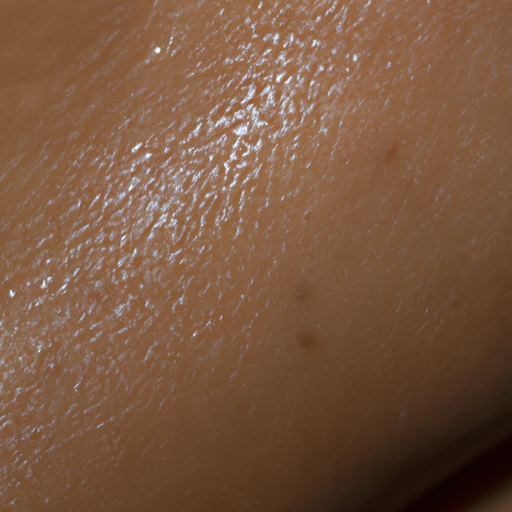As a medical professional, I often encounter patients who are battling the woes of oily skin. The glossy sheen on their faces is not a sign of healthy skin but rather an indication of an overactive sebaceous gland. This article aims to unmask the glossy truth about oily skin, its causes, and symptoms.
Oily skin is a common dermatological condition characterized by an excess production of sebum, a natural skin oil that helps protect and hydrate the skin. While sebum is crucial for maintaining skin health, an overproduction can lead to oily skin, clogged pores, and a host of other skin issues including acne.
The causes of oily skin are multifaceted and can be attributed to both genetic and environmental factors. Genetics play a significant role in determining your skin type. If oily skin runs in your family, there’s a good chance you may also have it. Hormonal changes or imbalances can also trigger the sebaceous glands to produce more oil. This is why teenagers going through puberty and women during different phases of their menstrual cycle, pregnancy, or menopause often experience oily skin.
Environmental factors such as humidity and heat can stimulate oil production. Your diet may also influence your skin’s oil production. Foods high in sugars and fats have been linked to increased sebum production. Stress is another factor that can increase oil production as it triggers the production of androgen hormones which stimulate the sebaceous glands.
The use of incorrect skincare products can also contribute to oily skin. Products that are too harsh can strip your skin of its natural oils, causing your skin to overcompensate by producing more oil. On the other hand, heavy creams and moisturizers can clog your pores leading to increased oiliness.
Recognizing the symptoms of oily skin is the first step towards managing it. The most obvious sign is a shiny or greasy appearance. Other symptoms include large or visible pores on the skin, thick or rough-looking skin, frequent breakouts, and clogged pores (blackheads and whiteheads). Oily skin can also feel slightly greasy to the touch.
It’s important to note that having oily skin isn’t necessarily a bad thing. Sebum helps keep your skin moisturized and plump, reducing the likelihood of developing wrinkles. However, managing oily skin is crucial to prevent skin issues like acne and to maintain a balanced complexion.
In conclusion, understanding the causes and symptoms of oily skin can help you take the necessary steps to manage it effectively. It’s crucial to adopt a skincare routine that suits your skin type, eat a balanced diet, and manage stress levels. If your oily skin persists or leads to severe acne, it’s advisable to consult a dermatologist who can provide a more targeted treatment plan. Remember, every skin type is unique and requires different care. Embrace your skin type and take care of it in the best way possible.




